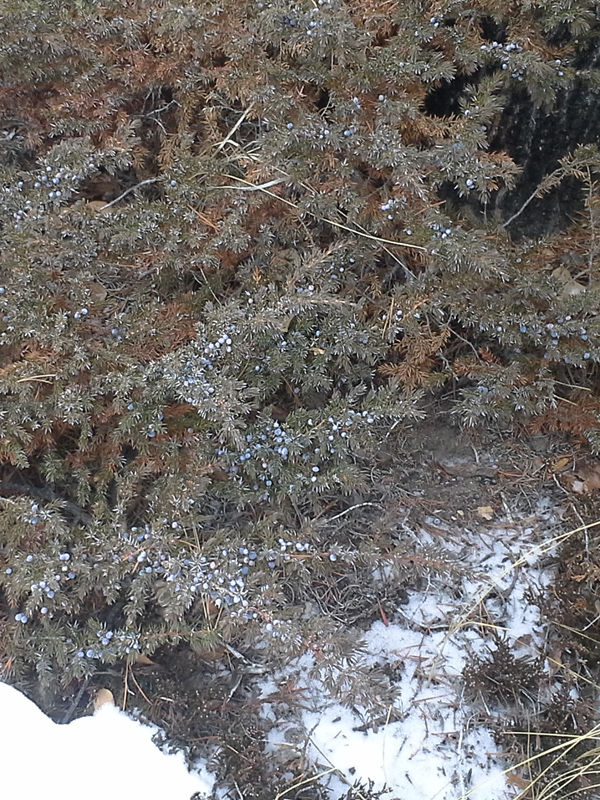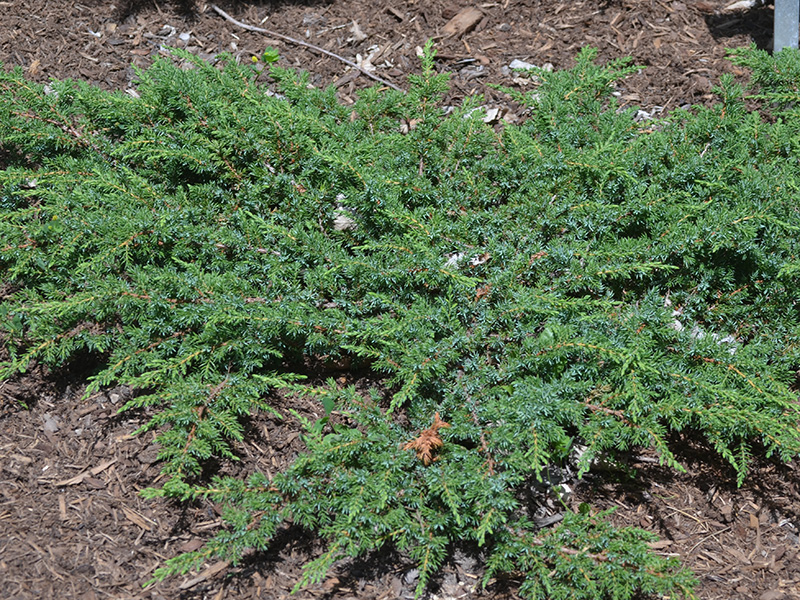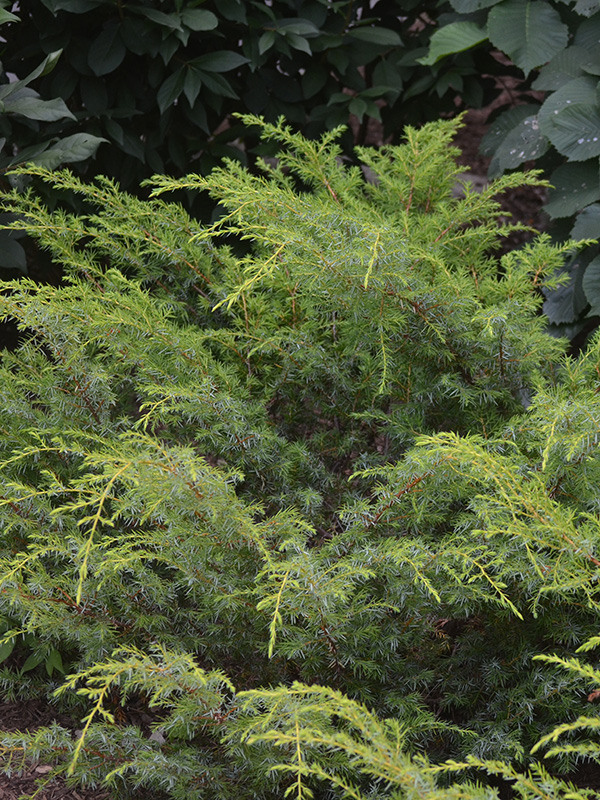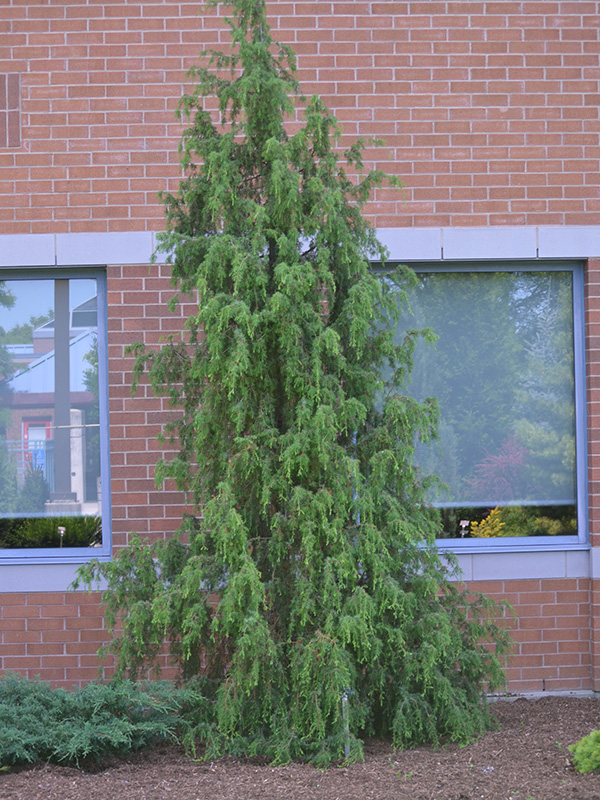| General Description | The plant is very adaptable and can literally grow in any conditions. |
| ID Characteristic | In winter foliage turns to a brown-bronze colour and has blue-black fruits. This plant is often confused with Juniperus conferta, the difference being that Juniperus communis has a white line that is divided by broader green midrib on its needles. |
| Shape | Common Junipers usually have a narrow, pyramidal shape. They can also be low growing in form. |
| Landscape | This plant is not used in horticulture as an ornamental shrub. It could be used as a ground cover for sandy soils and waste places. Common Junipers are not very desirable plants. |
| Propagation | Seeds requires a cold stratification period. It has a hard seed coat and can take a long time to germinate. |
| Cultivation | This plant can grow in the worst possible soil conditions. The plant commonly grows on dry, sterile soils, rock outcroppings and wastelands. It is very hardy and likes full sun/partial shade. The Common Juniper is very pH adaptable. |
| Pests | This plant is susceptible to juniper blight, can have problems with root rot and can be infected with cedar-apple type rusts. |
| Notable Specimens | Common in the Bruce Peninsula region of Ontario, Canada and along the sides of highway 69 north of Barrie, Ontario, Canada. |
| Habitat | Northern parts of Asia, Europe and North America at altitudes up to 3000 m. |
| Bark/Stem Description | The bark on is a red–brown colour which flakes off in thin strips, it cannot usually be seen as it is covered by the foliage. |
| Flower/Leaf Bud Description | Buds are small and brown-orange. |
| Leaf Description | The needles are awl-shaped tapering from the base to a point. Needles spread at a wide angle from stem and are about 5-20 mm long. They have a white band sometimes divided by a green midrib at the base. |
| Flower Description | Plants are dioecious, the flowers are yellow and pollinated in the spring by wind. |
| Fruit Description | The berry will be green in colour in the first year and as it ripens will turn to a blue-black colour. The berries are very bitter to taste (Gin) can be dried to flavour food. |
| Colour Description | Needles are green-grey to blue-green in the summer time, in the winter needles turn into an unpleasant yellow-brown colour. Berries are blue-black in colour and the bark is red–brown which does not change in winter months. |
| Texture Description | Medium textured. |



